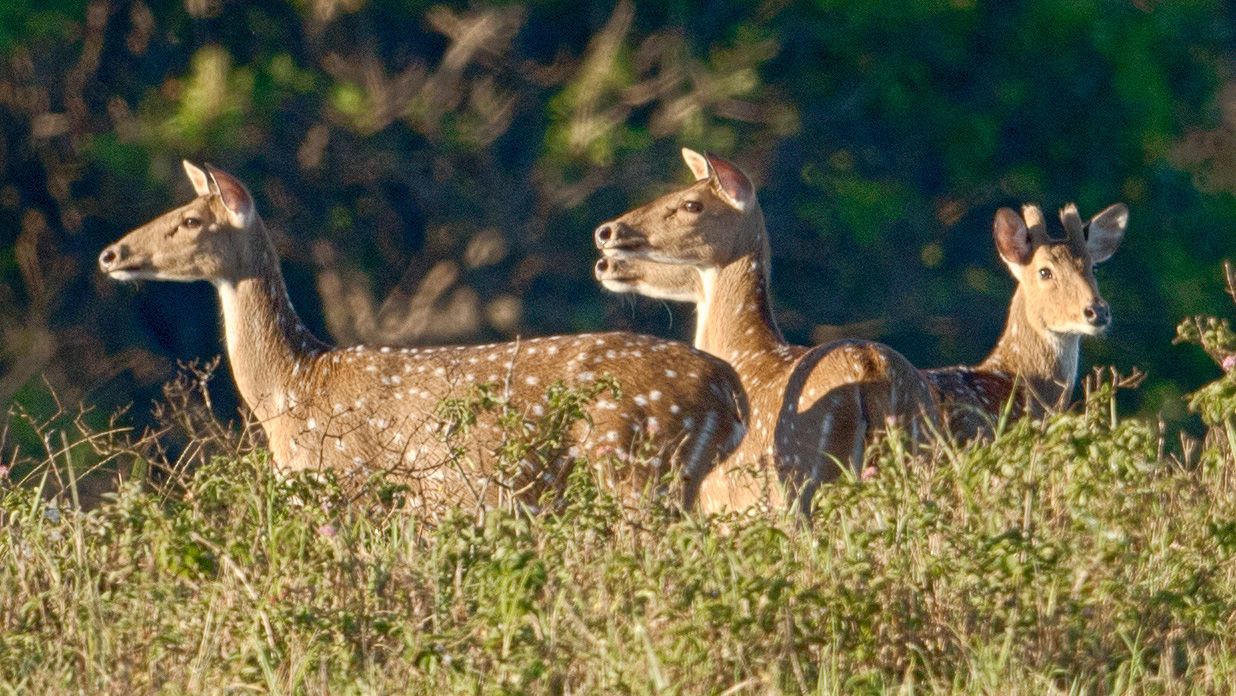WISCONSIN — The Wisconsin Department of Natural Resources gave tips for deer hunters and the public to help prevent the spread of chronic wasting disease.
CWD is commonly found in elk, deer and moose and damages the brain, creating disorientation and, eventually, death.
WDNR officials said the public can help prevent the spread by following baiting and feeding bans and by properly disposing of deer carcass waste this hunting season.
Placing bait to hunt deer or feeding deer for viewing is banned by state law in certain counties. Wisconsinites can check their county's status by clicking here.
Counties fall under a three-year baiting and feeding ban when wild or farm-raised deer have tested positive for CWD in the county. If the CWD-positive deer is found within 10 miles of a county line, the adjoining county will fall under a two-year ban, according to the WDNR.
For the counties where feeding is allowed, the WDNR gave these tips:
- Feeding devices and structures are at a sufficient height or design to prevent access by deer
- Make sure feeding structures and devices are no further than 50 yards from a dwelling devoted to human occupancy
- If deer, bear or elk are using bird feeding devices or structures, the devices or structures shall be enclosed or elevated higher to prevent access
As for proper disposing of deer carcasses, the public must locate a designated dumpster or transfer station. To find a nearby station, click here. The WDNR urges against transporting carcasses across state lines or the adjacent county.



